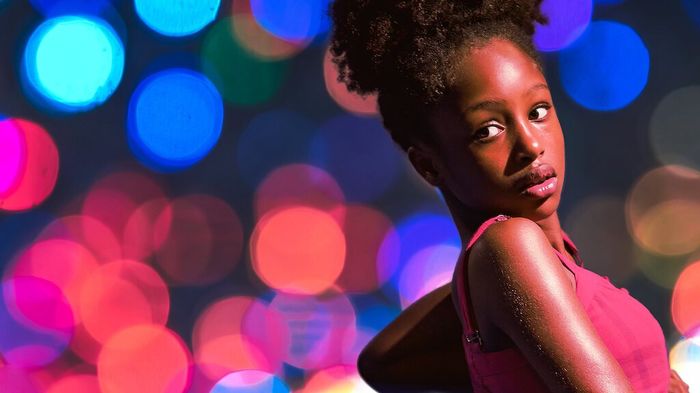Hope and the zombie trope in the time of Corona
Hazmat suits, the fear of others, the world crashing down around our ears, and humanity changed for good … Cian Jones explores the similarities of our reality with the zombie trope, and explains that all is not yet lost.
Zombie tropes have become so recognisable that we often look for them in our own world. With the rapid spread of coronavirus, its scenes of doctors in hazmat suits, and panic-buying, people were quick to make comparisons to fictional zombie outbreaks. Life is still limited in Britain’s eighth month of lockdown and, as we adapt to the ‘new normal’, a loss of hope for the future has become the most striking parallel between zombie fiction and coronavirus reality. However, in certain films, we are reminded that all is not lost.
Hopelessness is a fundamental element of zombie films. In other horror tropes, characters only need to evade a killer, find a phone signal, or exorcise a demon before they can return to their old lives. When faced with a zombie outbreak, however, there is no single person to run from. There is no one on the other end of the phone, nowhere to run to. Even if the characters survive until the end, the world that awaits them after the screen fades to black is far from a victory.
The Girl with All the Gifts (2016) explores a fresh perspective on the zombie trope. Here we see child zombies, who crave human flesh but retain the capacity to think and feel. With few humans left, there is little hope for humanity’s survival except studies conducted on these children to develop a cure. At first, we naturally root for the scientist, Dr Caldwell, to succeed. She is, after all, the human fighting to defeat zombies and, therefore, the archetypal hero. The problem is that the zombie she is studying, Melanie, does not fit the archetypal monster – she’s only a scared child. We see her learn and develop a relationship with her teacher, who she begs to read stories to her. One such story, of some relevance, involves the myth of Pandora’s box.
“these films remind us that, even once suffering is released onto the world, hope remains.”
During the film’s climax, Caldwell asks Melanie to sacrifice herself to vivisection in order to finally find a cure, confronting us with an uncomfortable dilemma. For the humans to live, the zombies would need to die. It’s a stark reminder of how humans often prosper at the expense of the rest of nature; later emphasised throughout the film with dramatic shots of London covered in vegetation that show the earth being claimed back by nature. These were filmed in Pripyat, abandoned since the Chernobyl disaster, a real-life example of humanity’s impact on the environment. Melanie refuses Caldwell and instead releases airborne spores which will turn all humans into zombies. In most other zombie films, this would spell the end of all hope, but Melanie is the eponymous girl with all the gifts. Like Pandora, she releases from the box sickness and death onto the world – however, also like Pandora, hope remains, in the form of the possibility of a new species having a chance on Earth.
Another zombie film that holds both hope and hopelessness at its core is Cargo (2017). Protagonist Andy must fight off zombies in search of a safe place for his baby girl before he turns into a zombie, accompanied by an Aboriginal girl called Thoomi. It seems inherently hopeless – he knows that he is going to die. Not only that, but he is going to turn into a monster and will not live to see his daughter grow up. But, as the title suggests, the film’s main concern is the cargo that Andy carries, and it is precious cargo indeed. It is both his daughter Rosie and, in a more abstract sense, hope, possibility, the future. Protecting this is the ultimate reason to keep fighting despite all else.
Thoomi, another child with her future ahead of her, is also a symbol of hope. She brings Rosie to her Aboriginal community, who we see using chalk to conceal themselves from zombies and spears as renewable weapons. Their ‘old ways’ appear better for survival, and it was their ‘Clever Man’ who warned of how human actions were the root of these problems, referencing how the suppression of indigenous ways of life, like in the Amazonian rainforests, have worsened the effects of climate change. Like in The Girl With All the Gifts, human relationships with nature are a large part of the film’s ability to find hope in the most hopeless of situations.
In both films, the circumstances are utterly dire. Yet they are films that stand out against their trope with their complex, hopeful endings. A greater awareness of our responsibility to the environment and the importance of family shine through as something to hold onto, even in the face of desperation. While there is much anxiety about the future after COVID, these films remind us that, just as with Pandora’s box, even once suffering is released onto the world, hope remains.
 News / Cambridge student numbers fall amid nationwide decline14 April 2025
News / Cambridge student numbers fall amid nationwide decline14 April 2025 News / Greenwich House occupiers miss deadline to respond to University legal action15 April 2025
News / Greenwich House occupiers miss deadline to respond to University legal action15 April 2025 Comment / The Cambridge workload prioritises quantity over quality 16 April 2025
Comment / The Cambridge workload prioritises quantity over quality 16 April 2025 Sport / Cambridge celebrate clean sweep at Boat Race 202514 April 2025
Sport / Cambridge celebrate clean sweep at Boat Race 202514 April 2025 Features / The TikTok college: using social media in access and outreach15 April 2025
Features / The TikTok college: using social media in access and outreach15 April 2025






